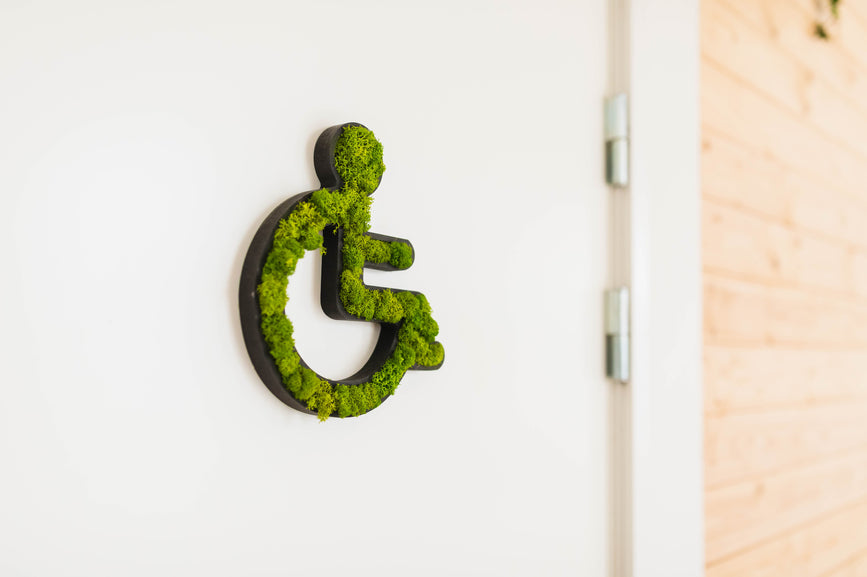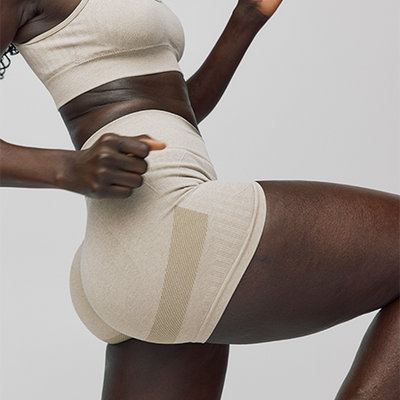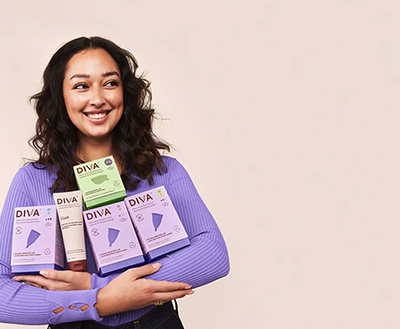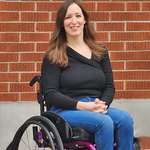
In this article /

When I finally got my first period at nearly 15 years old, I felt immense relief, quickly followed by a dull, radiating ache in my abdomen, lower back, and legs, pain beyond the cramps and stiffness that were typical for me. I have cerebral palsy (CP for short). Just as no two periods are the same, no two experiences of CP are the same, but for me, it means that I use a wheelchair most of the time and need canes to walk. I have trouble with balance and deal with frequent spasms in my legs. I also have scoliosis, a curvature of the spine that causes me to sit and stand at an angle. I’m used to moving at a different speed to those around me, but I had no reason to expect that I’d take so long to reach the milestone of menarche.
I had begun to fear that, just like the blank space in my baby book under the heading “Baby’s First Steps”, my period would mysteriously never arrive.
My doctor had been no help. If anything, he seemed pleased that nature was delaying what he saw as an unnecessary development, refusing to give me any gynecological examinations or order any tests, a trend that continued when I later faced fertility issues followed by excessively heavy periods after the birth of my twins.
This experience is sadly not unique to me. According to a recent study, 49.6% of disabled people have experienced mistreatment on the part of medical staff, and 69% of them have experienced other significant barriers when trying to access reproductive care[1].
Medical barriers weren’t the only difficulties I had to navigate as a disabled person with periods. Unfortunately, just like the supposedly accessible bathroom stalls where I had to do gymnastics to change my blood-soaked pads, I found that most of the products available to me weren’t designed with my body in mind. User-friendly menstrual products were hard to come across as someone who menstruated while disabled.
Pads constantly bunched and shifted, not well designed for those who spend their days seated. The average pad didn’t give enough coverage either, meaning I’d need to use bulky, uncomfortable maxi pads whether my flow was a deluge or a trickle. Because I don’t sit straight, leaks would always happen on one side, no matter how thick the pad. Tampons could buy me more time before this happened, but I needed to stand and use two hands to insert them, leading to frequent falls on my bathroom floor. The TINA[2], an inclusive tampon insertion device, might have made this easier, but the expense and discomfort of tampons, along with their inability to handle my heaviest days without hourly changes, made them a poor fit for me.
I ruled out period underwear, as the increased laundry and need to fully undress my lower half with each change felt too overwhelming. While I loved the idea of increased surface area, reduced bulkiness, and greater sustainability, I was keenly aware that the most sustainable menstrual care options are not always sustainable for a disabled body.
I was keen to try menstrual cups, an option that balanced my needs with my passion for reducing my environmental impact. But if tampons had been so challenging, could I handle a cup? On a whim, I ordered one, and was surprised to find how well it worked for me. Unlike tampons, I could insert it while seated, and I loved that it gave me a clearer idea of my blood loss, though my doctor remained unconcerned that my cup filled hourly. The only snag was removal, my fingers often struggling to break the seal. As someone disabled, the basic menstrual cup design was not an inclusive design and fell short of being a user-friendly menstrual cup option for me and I’m sure many others as well. The day I realized I needed a better option, I had to call my husband for help to get it out, both of us trying not to panic as our twin toddlers banged on the bathroom door.
Finally, I discovered the DIVA Disc. It was easier to insert than the cups, needing only a simple fold, and quick and painless to remove as it doesn’t rely on suction to stay in place. Best of all was the loop on the front, which made removal easy, even when my fingers were feeling stubborn. It also helped me to conserve energy by lasting longer between changes. For the first time, my period felt manageable.
I’m still struggling to have my excessive bleeding taken seriously, but at least I’m no longer struggling to contain it. Where my doctors fall short, my DIVA Disc does not. As I keep pushing for accessible care, it’s a relief to do so from a clean wheelchair seat.
























